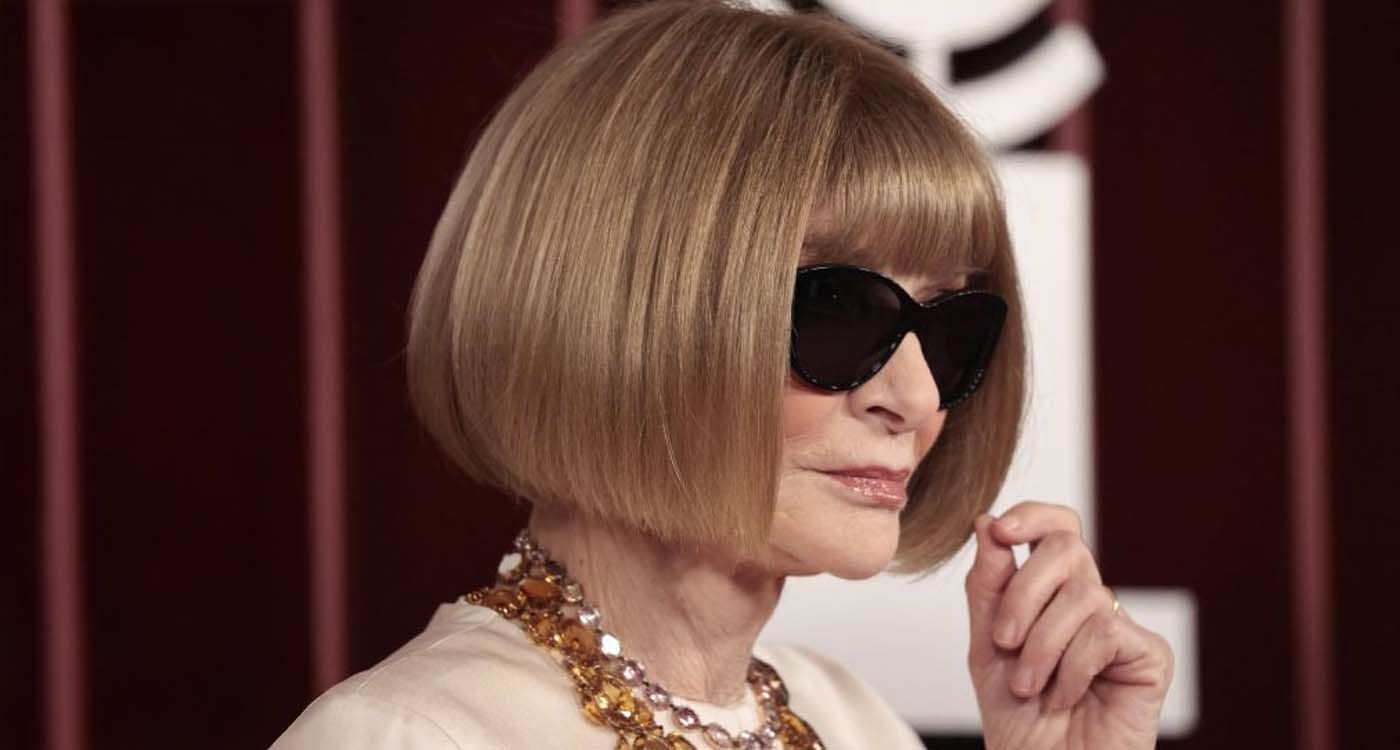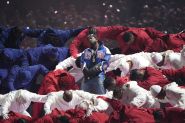
Anna Wintour steps down as editor of US Vogue after 37 years but retains her main leadership roles at Condé Nast. A fashion icon mostly known for her signature look and prevailing influence, she contributed to the shaping of Vogue into an international force. At 75, she remains a key figure in the industry, constantly leading on an international scale.
Anna Wintour is stepping down as editor-in-chief of Vogue US after 37 years, but she will continue in her global leadership roles as chief content officer for Vogue and Condé Nast. At 75, she’ll now focus on shaping the group’s worldwide strategy. A legendary figure in fashion and the real-life inspiration behind Meryl Streep’s role as Miranda Priestly in The Devil Wears Prada, she’s acknowledged for her unrivaled influence, signature dark sunglasses and unbending standards. Though she’s been subject to criticism over the lack of diversity at Vogue, Anna Wintour has admitted past flaws. Knighted by King Charles III, she definitely remains a striving force in the industry, mostly through her ongoing leadership of the Met Gala.
A true fashion icon, Anna Wintour is renowned for her unfailing style and awe-inspiring presence. She played a central role in transforming Vogue into a global powerhouse. Even at 75, she remains a defining voice in fashion, steering its direction from an international stage.
Anna Wintour’s rise to fashion icon status began in London, where she was born in 1949 into a media-savvy family, as her father, Charles Wintour, was editor of the Evening Standard. Immersed in the energy of the 1960s fashion scene, she was unsurprisingly drawn to style. Her official professional journey started in 1970 as an editorial assistant at Harper’s & Queen, and soon after, she sharpened her natural instincts across British publications, including the provocative magazine Viva. Go-getting and confident, she moved to New York in 1975, where a brief period at Harper’s Bazaar marked her as a fearless editor, challenging norms, even if it ruffled feathers.
Her breakthrough came in 1981 at New York Magazine, where she acquired creative freedom and stared developing her signature high-low fashion awareness. In 1983, she joined Condé Nast as creative director of US Vogue, and only two years later, she was appointed to lead British Vogue. In this role, she shook things up and was unhesitant, combining couture with streetwear and adding a friendly approach to fashion. Her daring revamping of the magazine pushed her into the top role at US Vogue in 1988. Her first cover, a model in jeans and couture, was ground-breaking, embodying the fresh, clear direction she envisioned for the magazine.
Anna Wintour transformed Vogue from a traditional fashion journal into a worldwide cultural force, known for trendsetting covers and career-defining endorsements. Her ability to spot and elevate emerging talents, like Marc Jacobs and Alexander Wang, cemented her reputation as a tastemaker with unparalleled industry influence. Always instantly recognizable with her blunt bob and dark sunglasses, Anna Wintour herself became a fashion icon. Beyond the page, she ushered in a new era by featuring celebrities on Vogue covers and by shaping the Met Gala into fashion’s most high-profile event, raising millions for the Metropolitan Museum of Art’s Costume Institute.
Despite her iron reputation, Anna Wintour has faced criticism, particularly regarding diversity at Vogue. She acknowledged these missteps during the Black Lives Matter movement and pledged to improve representation in fashion media. Though demanding, she has preserved her leadership with clarity and conviction, supervising Vogue globally and conducting Condé Nast's content strategy. Even after stepping down as editor-in-chief of US Vogue in 2025, she keeps on shaping the fashion world from an international vantage point. Through decades of evolution and occasional controversy, Anna Wintour remains one of the most powerful and enduring figures in modern fashion.
Anna Wintour: Fashion Icon Beyond the Page
Anna Wintour’s legacy extends far beyond Vogue. Her personal style, unwaveringly composed of structured silhouettes, statement prints and her ever-present dark sunglasses, has become a uniform synonymous with authority and refinement in the fashion world. Yet, her icon status isn’t only sartorial. Wintour redefined what it means to be a fashion leader: part curator, part executive and part cultural oracle. She influenced how fashion intersects with politics, entertainment and social commentary, often setting the tone for wider conversations. Whether orchestrating the Met Gala or mentoring the next generation of designers, her presence commands global attention. Her strategic mind and cultural fluency have helped elevate fashion from niche interest to mainstream art form, securing her place as an editor and a symbol of fashion’s evolution itself.




Comments